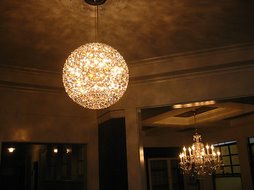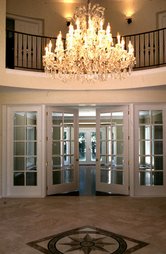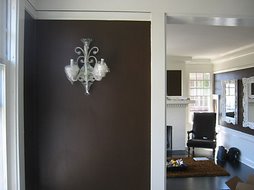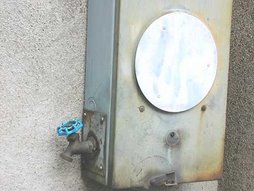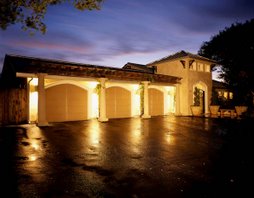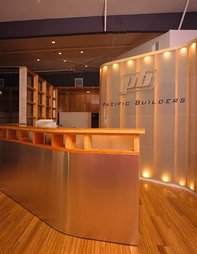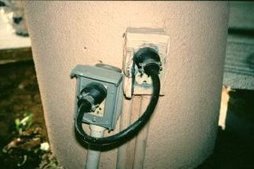
When equipment goes bad out in the field, it's often helpful if the owner/end user can keep track of the circumstances of the failure. This is especially true when the problem is intermittent and might not occur when the technician is present.
Keep a log: If the fault is intermittent or sporadic, it helps to have a certain pad of paper for this purpose, which all users of the equipment know about.
The symptoms: Be specific. Note down which circuits or pieces of equipment are affected. Describe the symptoms specifically so someone who hasn't seen them will recognize them. Does it happen exactly the same way every time? Can you reproduce them? One of the most valuable services an end user can provide is to figure out how to reproduce the symptoms they are seeing. If you can make the equipment fail while the electrician is on site (or tell them how to reproduce it back at the shop) the troubleshooting process is greatly speeded.
Your system: Which lighting system equipment is on? Which is off? Did anything get turned on or off at the exact moment the problem occurred? What about equipment not related to the lighting system?
Past history: If you know the equipment has had problems in the past, or has recently undergone a repair or upgrade which might have affected it, make sure your technician knows of these events.
Electrical Supply: What else is going on in the building, or on the same block, at the time the symptoms occurred? Examples are construction work, welding, electrical work, etc. Sometimes large electrical disturbances can affect your system if you are sharing electrical supply with other people in the building, or other buildings on the block. Is this during a peak electrical usage period, such as in the summer when everybody is using air conditioning? Less voltage supplied by the electrical company can result in lights not appearing to be at full. Loss of one phase of your three phase power will result in a partial loss of lighting.
Time: Try to figure out if any reoccuring symptoms are related to certain times of the day. Do they only happen at night? Around the middle of the day? On certain days of the week? When the air conditioning cuts in? Also, was there some obvious point at which the problems started
occuring, or did it start happening so gradually it took a long time for anyone to notice? If intermittent, about how often does it happen? Ten times an hour? Ten times a week? Only once or twice ever? Did the system ever work correctly, or has this problem been occuring ever since day one?
Other people: When you are trying to get an accurate picture of what is happening in a system, valuable information can often be gained from other people.
"Sureness": Try to provide some estimate of how sure of each piece of information you are. If you saw the problem happen with your own eyes, you are probably very sure. A technician is used to juggling concrete facts with maybes and coming up with a solution that fits all the information.
Eliminate the middleman: Does the problem happen to everyone? Only one person? Arrange for the technician to talk to them directly. If nobody who has experienced the problem first hand is available during regular business hours, explain this to the technician and ask to set up a time after hours when they can get together. Getting the first hand information is valuable enough to be worth going to the trouble.
